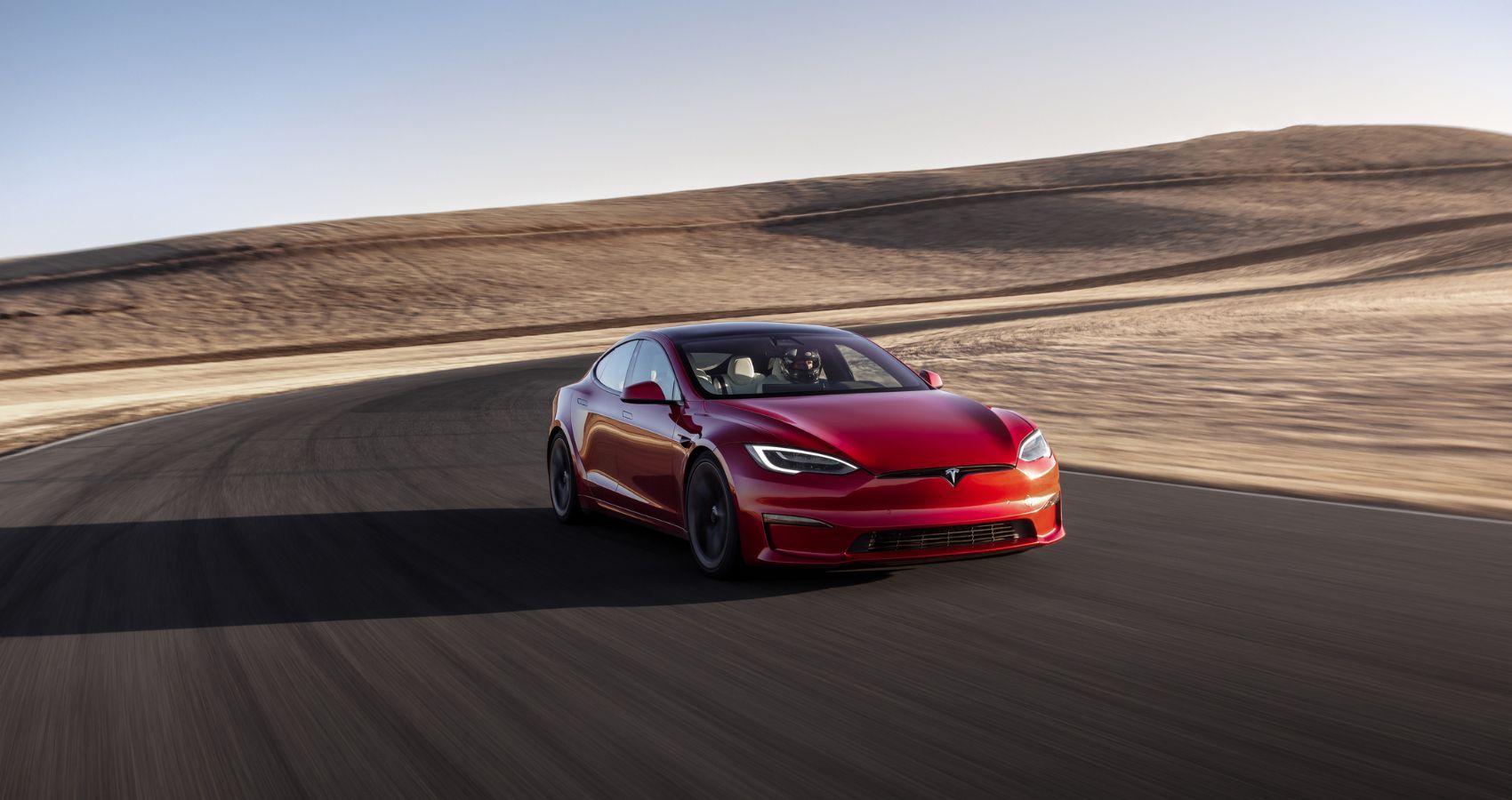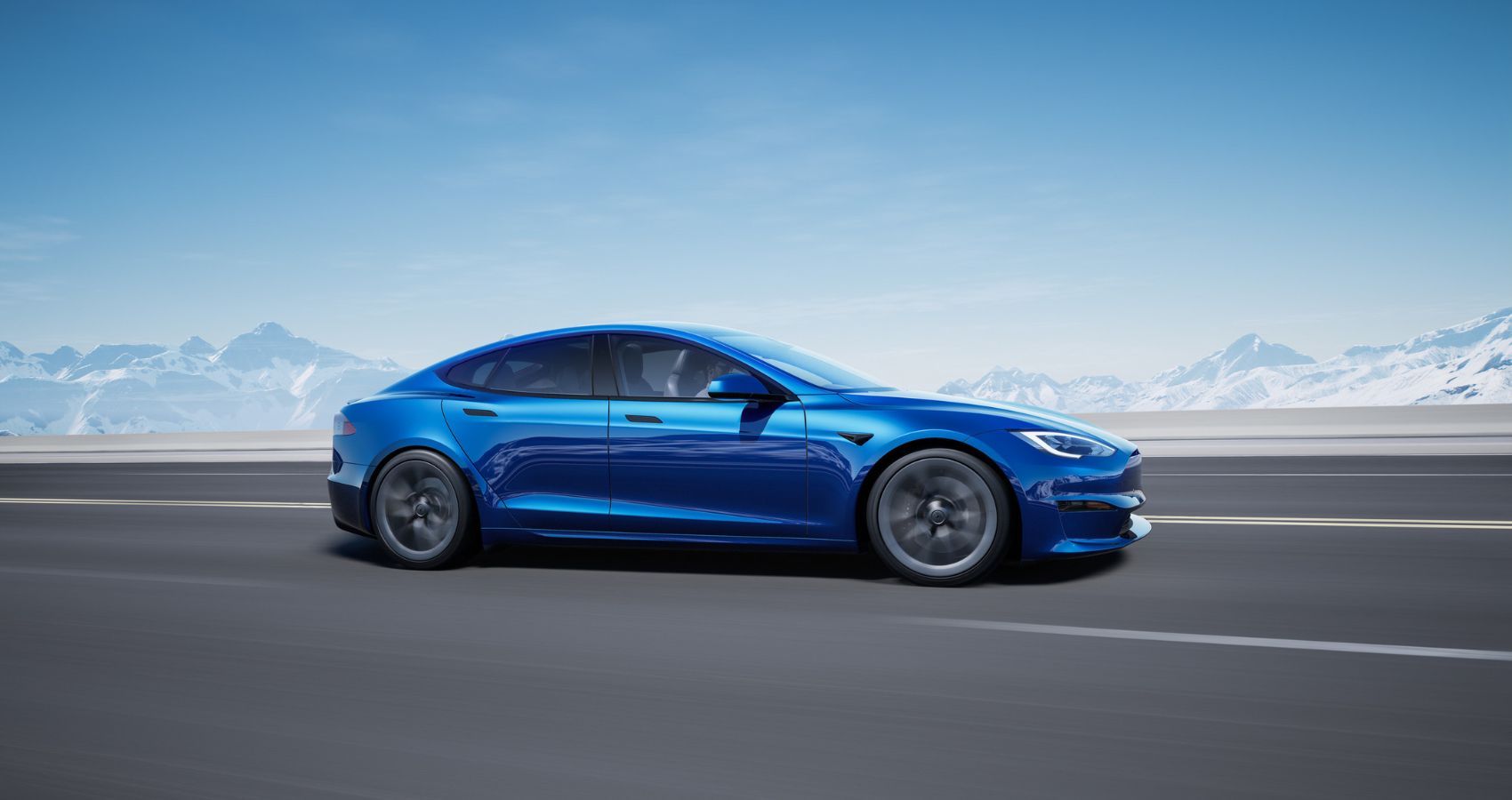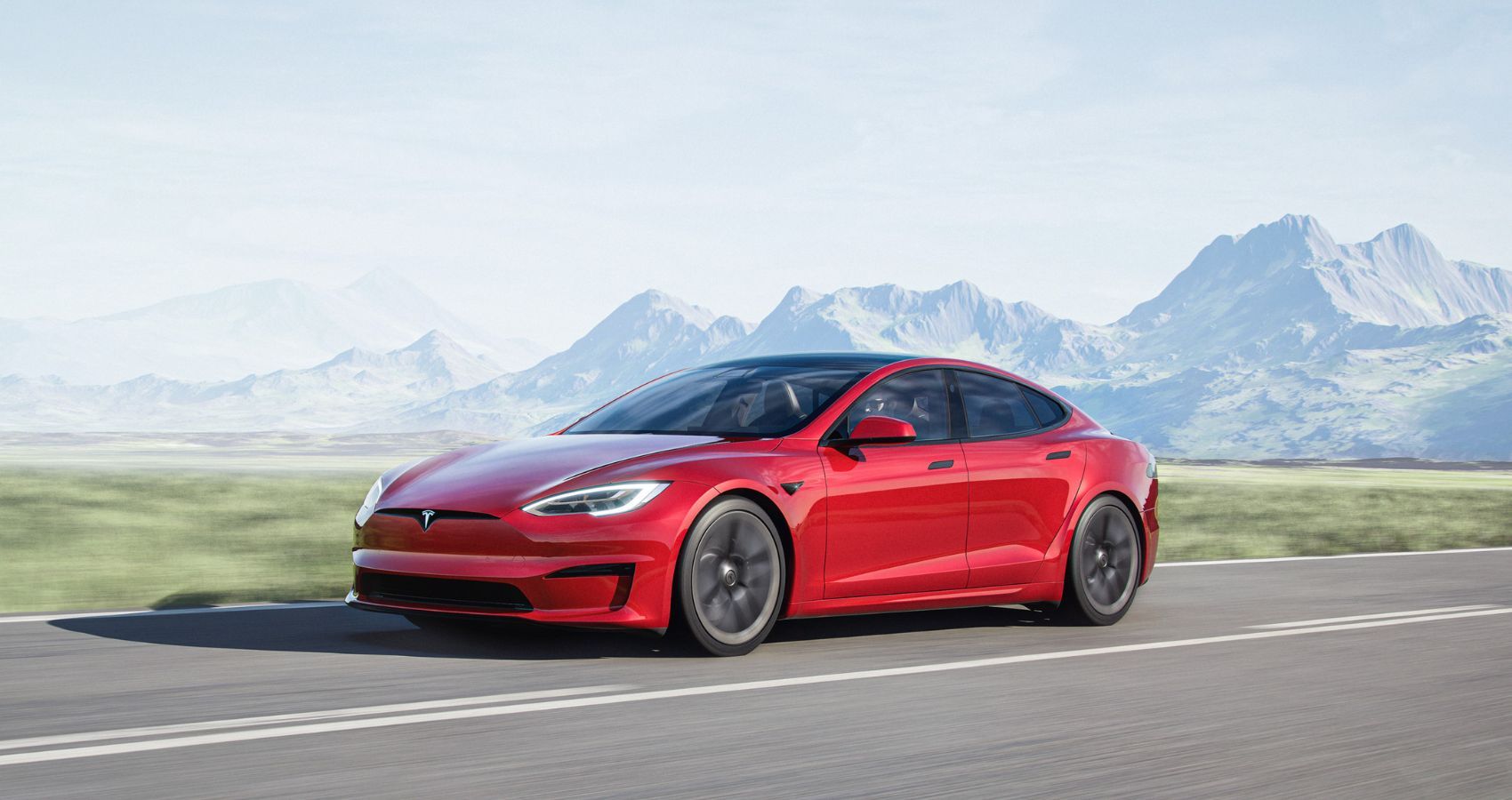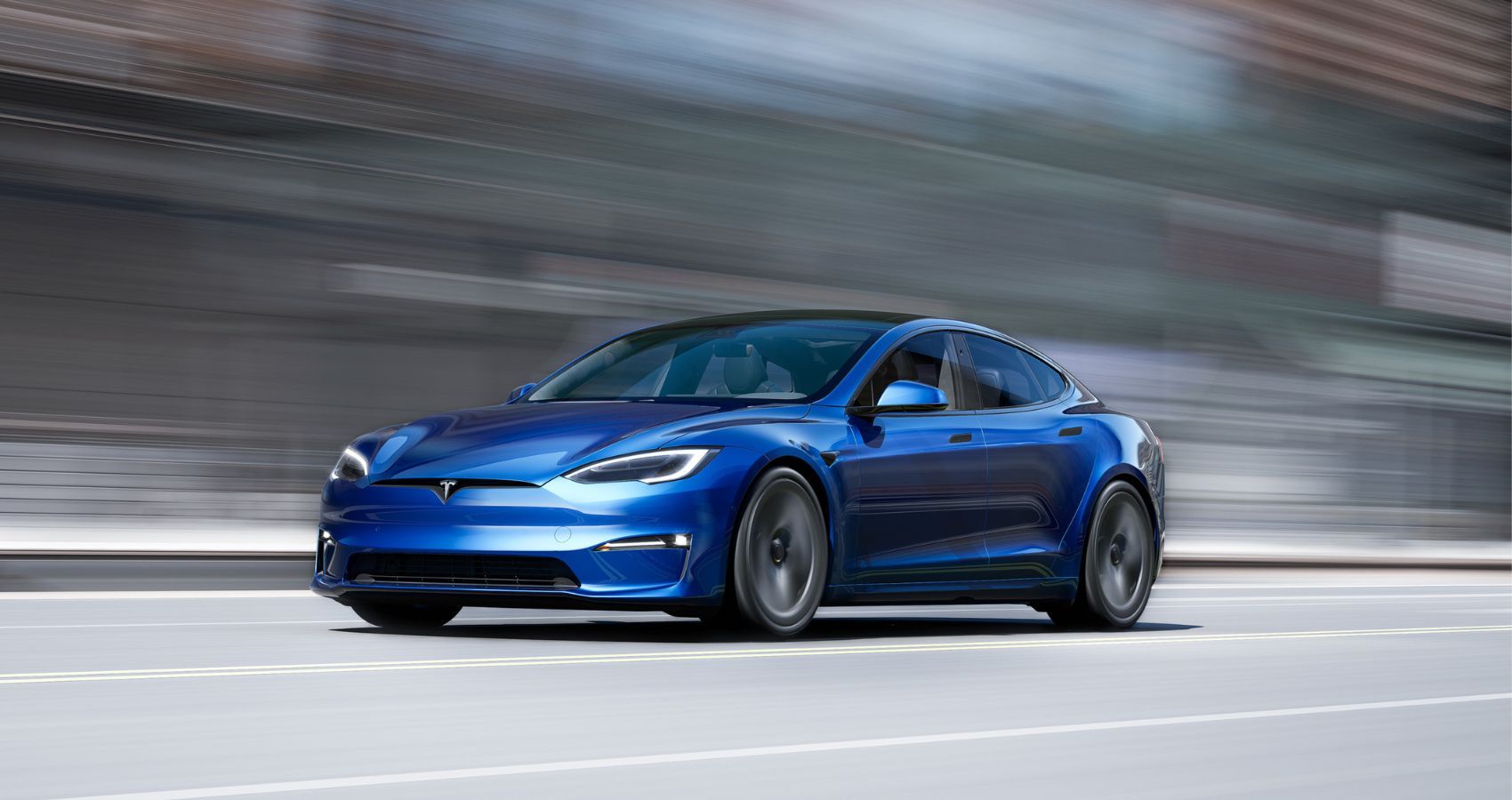The Tesla Model S made its debut in the June 2012. This battery-powered liftback features a dual-motor and an all-wheel-drive layout; however, earlier models had a rear-motor and rear-drive setup. Upon its entrance to the market, the Model S quickly became popular among buyers, receiving praise for its range and acceleration. The Model S was the first electric car to take the top spot in every country's monthly ranking of new car sales.
Unlike other mainstream automobile manufacturers, Tesla has taken a different approach, implementing tiny aesthetic and mechanical changes throughout each vehicle's life cycle while investing considerable resources in software updates that improve the cars internally. The Model S has undergone numerous alterations since its launch, including improvements to its drive unit as well as exterior and interior cosmetic changes.
Although it has many praise-worthy features, there are some problems you should be aware of before buying a used Tesla Model S. Let’s review the most problematic model year, which you should do your best to avoid, and take a look at the Model S’s worst issues.
Most Common Tesla Model S Problems You Should Be Aware Of
While Tesla can boast about the Model S in terms of superior technology, style, and driving range, up to 405 miles per full charge depending on the variant, they can’t deny that the same cannot be said about its reliability. The 2013 Tesla Model S has the worst ratings and the highest number of complaints among all other Tesla cars.
According to the Car Complaints website, the worst problem is related to the Model S’s door handles. There have been reports of the door handle getting too hot, almost burning the owners' hands, and the latch not working. “The front passenger door will not open from the outside - must reach across from inside vehicle to let someone get in the car," states one owner.
Another problem with the 2013 model is regarding its heater and cooling system. One owner reports, “Battery stopped charging due to battery HV/AC system failing” this problem occurred at about 60,000 miles and cost this owner $880 to take care of. There have also been reports of the window defroster not working correctly and getting replaced.
The third issue worth mentioning regarding the Tesla Model S 2013 is related to its suspension parts being on the verge of failure. According to one owner on the Car Complaints website, all of his car’s “suspension components needed to be replaced due to failure." fixing this cost him $2,790, which is a high price to pay to repair a car with only 50,000 miles on the odometer. This problem makes owners worry about the car’s dependability.
There aren’t many complaints submitted about the Tesla Model S but take into consideration that this car is relatively new to the market, and no car is perfect. One of the Model S's best features for outpacing rivals has been its touchscreen display. The 2014 Model S, however, has been reported to have issues concerning the main screen, which cost the owner $1,600 to fix.
The 2016 model has also had owners complain about its touchscreen not turning on, costing a significant amount to get working, and the door handles malfunctioning. The same goes for the 2015 model year. However, it is noticeable that Tesla has constantly been improving because there are few reported problems on reliable websites.
A Tesla Model S Can Provide You With Over 400,000 Miles Of Service With Proper Maintenance
A well-taken-care-of Tesla Model S can last between 200,000 and 400,000 miles before needing a battery replacement. Based on an average of 15,000 miles per year, this car can provide you with 13 to 27 years of reliable service. The Model S comes with an 8-year/150,000-mile drive unit and battery warranty.
The Model S can easily go above 100,000 miles with unnoticeable battery degradation. After about 300,000 miles, your battery will likely have around 70% to 80% of its original capacity. The Model S can reportedly reach 400,000 miles; however, it will probably need a battery replacement.
Following the manufacturer’s suggested maintenance schedule is crucial in order to keep your Tesla Model S in mint condition.
- Every two tears: replace the cabin air filter, rotate tires, and have your brake fluid tested.
- Every three years: replace the A/C desiccant bag
Tesla also recommends yearly cleaning and lubricating of all brake calipers for cars in cold-weather regions.
According to the RrpairPal website, the annual cost of ownership for a Tesla Model S is $832 on average, greatly depending on age, mileage, and location.
A Used Tesla Model S Can Be The Electric Car Of Your Dreams; just Avoid The 2013 Model
Even though it is a considerably new vehicle, the Tesla Model S has taken the market by storm and built a reputation for having very few reported problems and complaints. This car can last you a lifetime of trouble-free driving so long as you avoid the 2013 model and maintain your vehicle regularly.
A battery change can make your car brand new and provide you with many more years of reliable service. This liftback EV can be a wise investment, not to mention your first step towards a more modernized and clean future.




